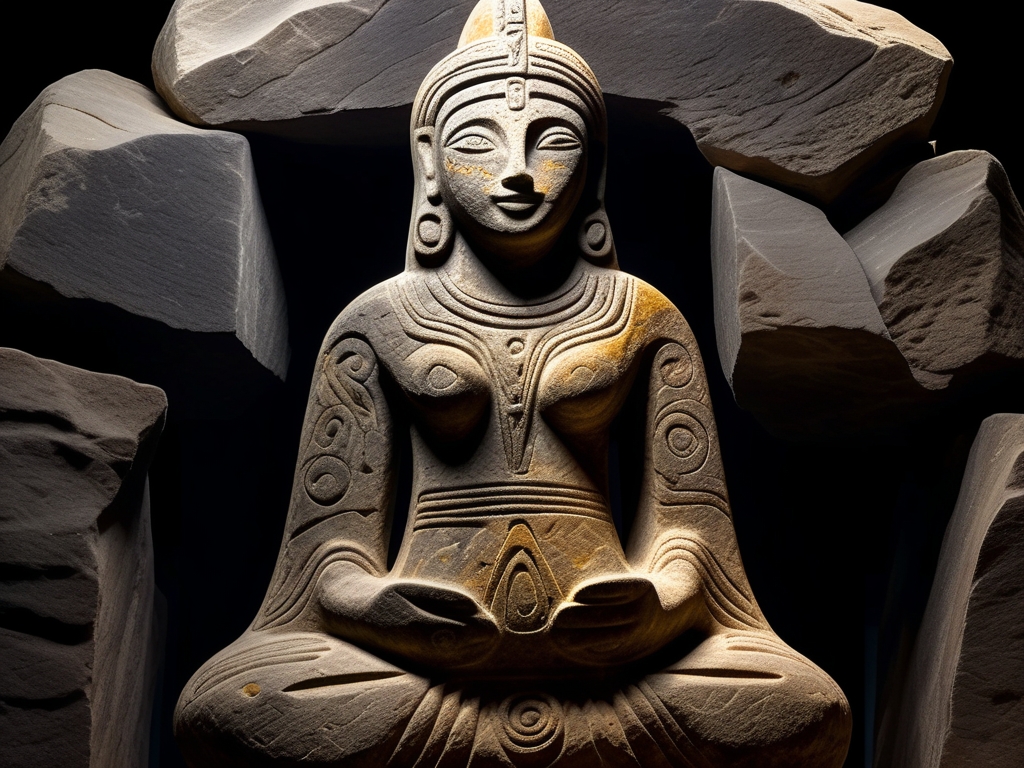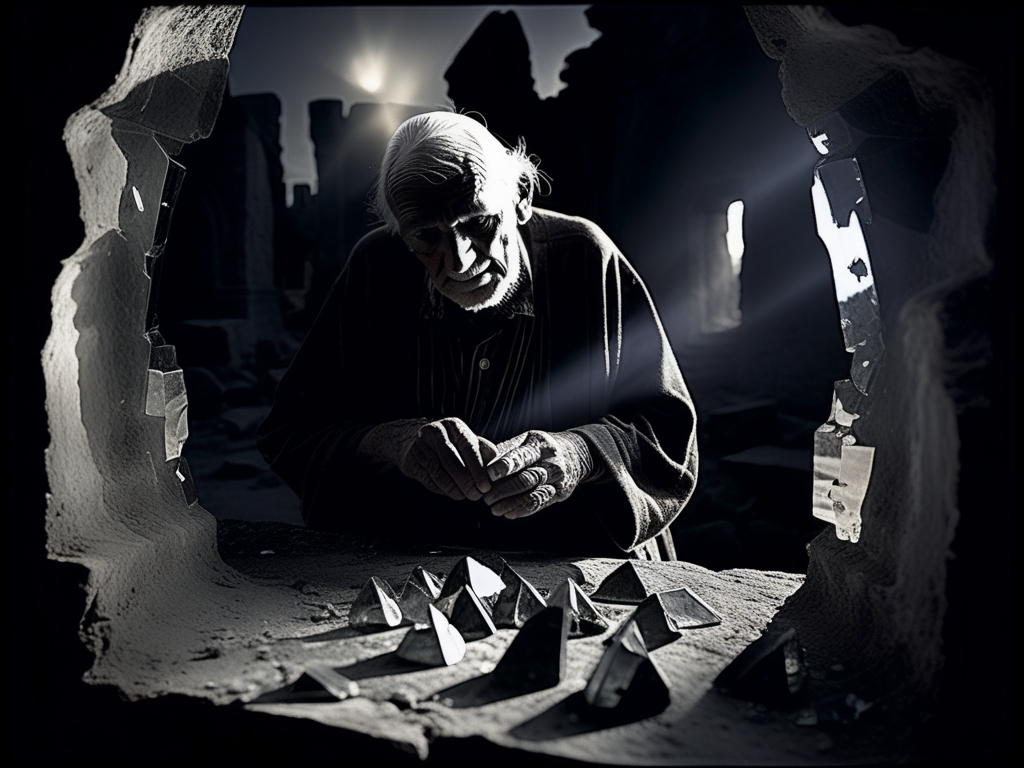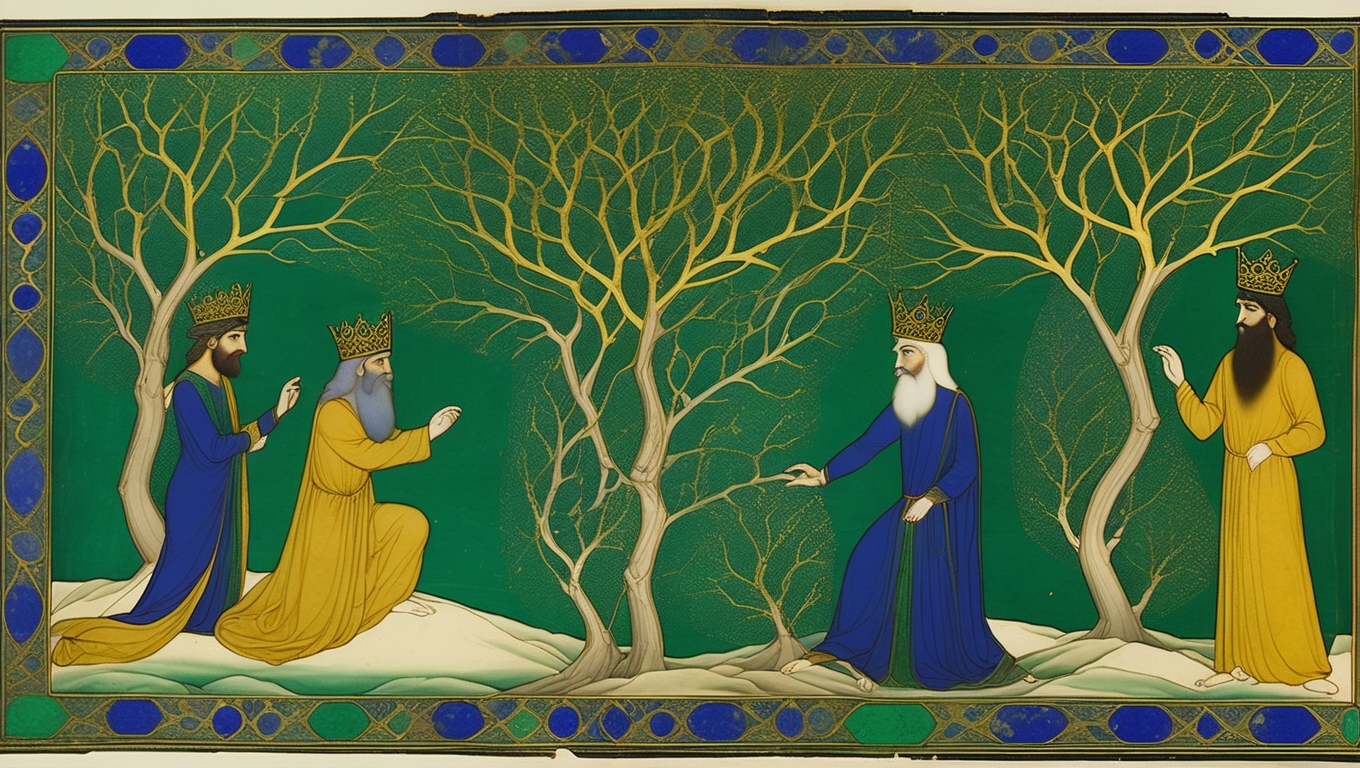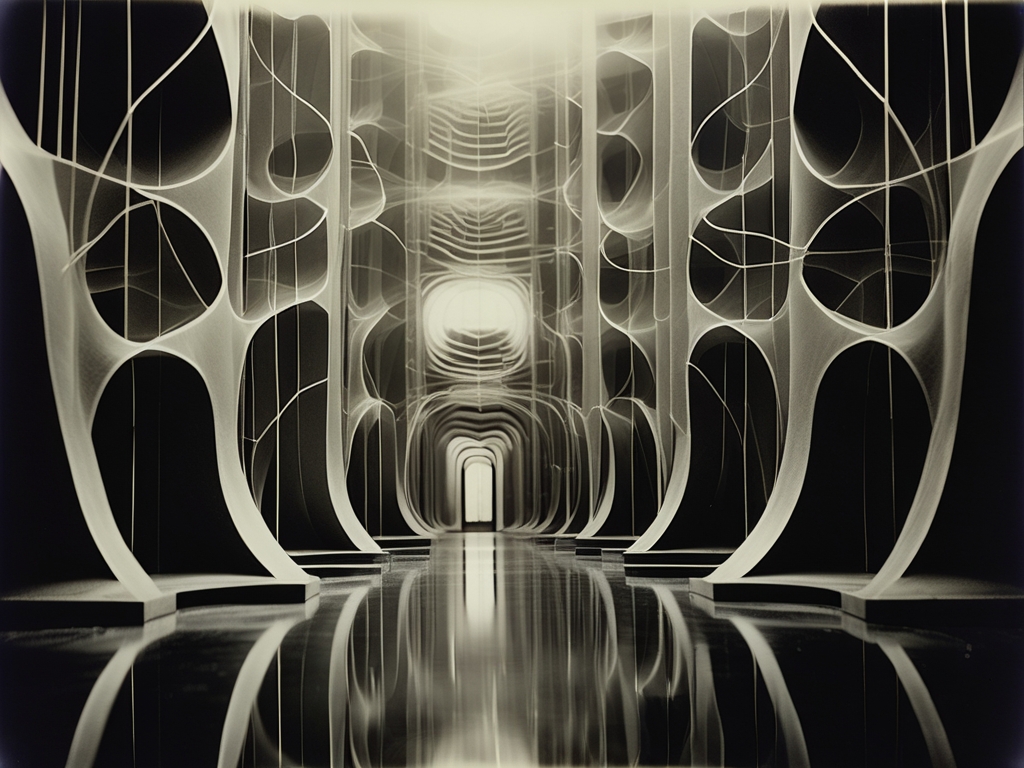Sweet and Sour
An illustrator's love for bees led her to some of her best artwork... and almost to her deathbed.
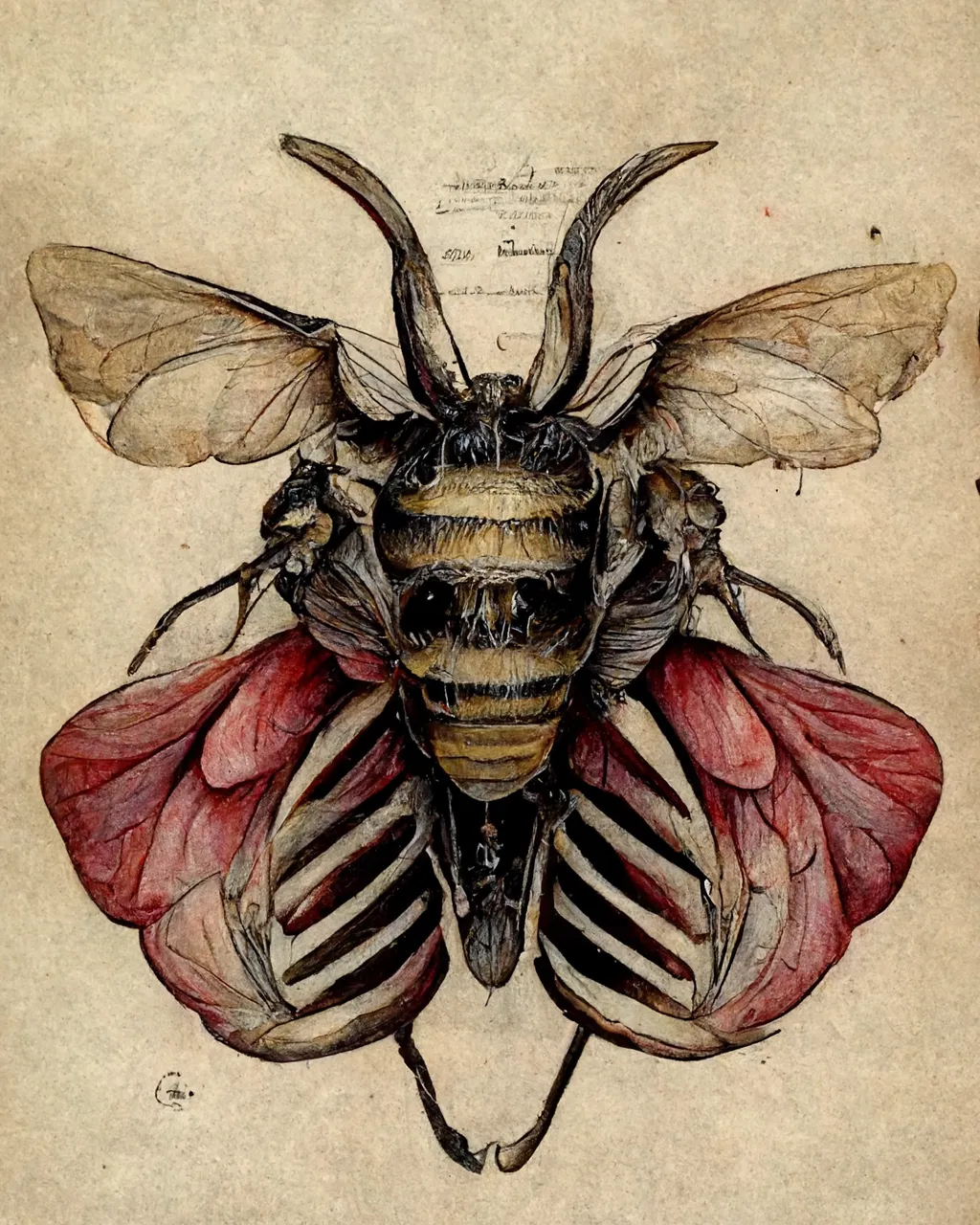
Since an early age, Baroness Von Biesterfeld developed a keen interest in the natural world. This, mixed with her drawing talent, made her one of the most celebrated illustrators of the Turn of the Century.
Although her artwork includes a wide range of zoology and botany studies, her most famous pieces revolve around her life's true passion: bees. Not only the Baroness produced over five hundred drawings documenting every known bee species, but also she became a respected beekeeper herself. Her devotion was such, she insisted in changing her last name to Bienenstock (literally, beehive), to the dismay of her parents and closest relatives.
The drawing above represents the elusive Apis Vespertina (Evening Bee), a rare species of the honey bee that only lived in the Carpathian Mountains' hillside. The Baroness received a small hive of evening bees as a gift from an anonymous suitor who, in fact, never materialized.
Of course, one of the most shocking revelations about the Baroness' art was that she used her own blood to achieve her tones of red. In the case of this piece, she also coated the drawing with a thin layer of the evening bee's hemolymph, which according to some experts, added a layer of actual life-likeness to the image.
This artwork's date also marked a dark turn in Baroness Von Bienenstock's life. First, both her parents died of an inexplicable and severe case of anemia, which left their doctors absolutely baffled. Around the same time, grocery stores stopped carrying Von Bienenstock's honey when consumers discovered it caused lurid hallucinations. Its effects ranged from delirious sensual ecstasy to lucid nightmares that left the person horrified for days. One could never know what just a spoonful could bring.
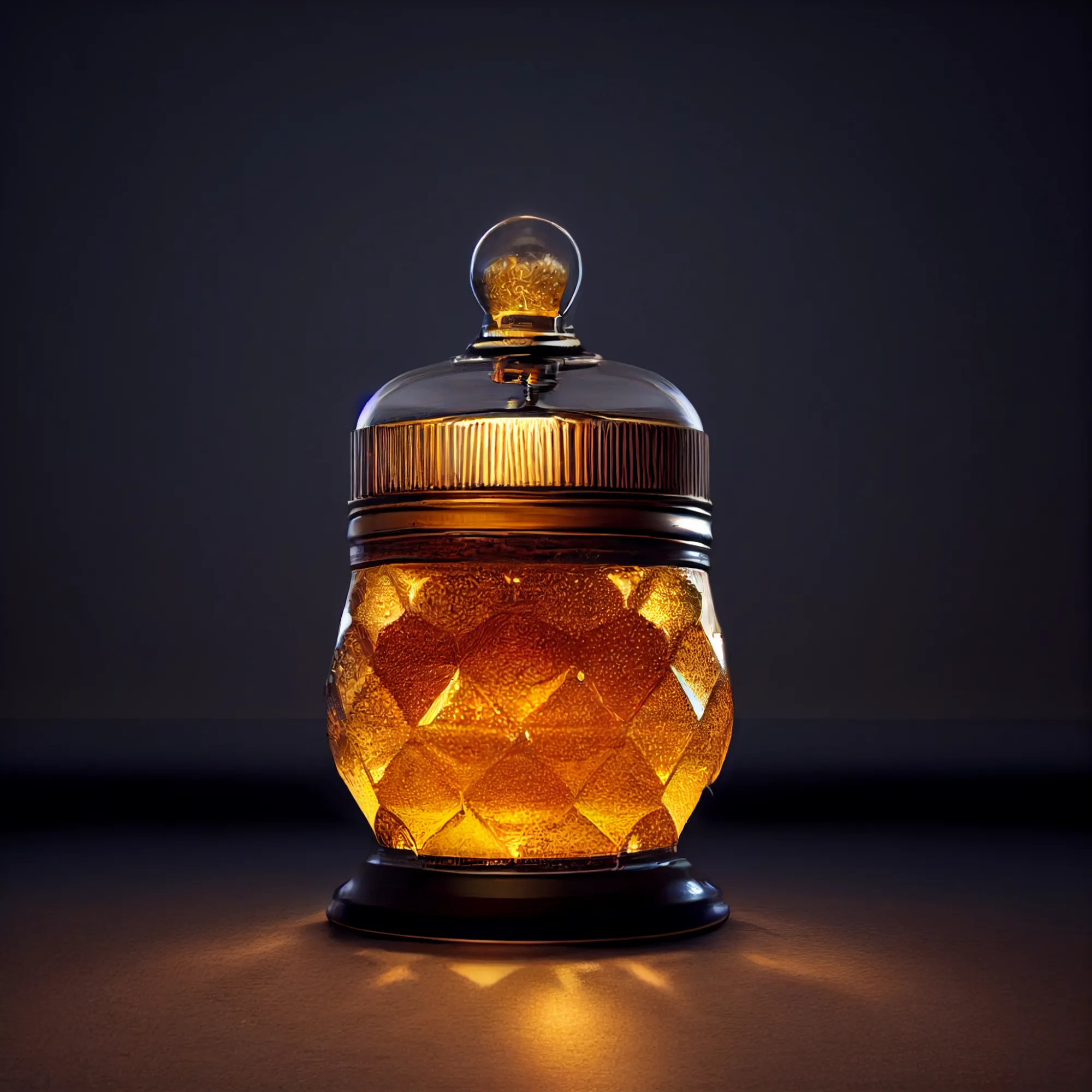
When Baroness Von Bienenstock contracted the same disease that had killed her parents, her closest relatives sent for Dutch doctor Hansel Singhel, an expert in strange and unexplainable ailments. After seeing his patient and the multiple beestings covering her body—which she laughed off as part of any beekeeper's job—Doctor Singhel forbad her from ingesting honey, and ordered her family to immediately burn down any beehives in the property.
The loss of her beloved bees threw the Baroness into fits so intense, her nurses had to tie her to the bed. She then entered into a trance that lasted more than a week, but eventually came to a miraculous full recovery, though no specialist could ever cure her from an acute addiction to honey. She returned to her drawing career, focusing solely on exotic birds, namely parrots and parakeets.
As a fun fact, biologists thought the evening bee had gone extinct when it mysteriously vanished a hundred years ago. That proved wrong when a team of entomologists found a small colony of Apis Vespertina in the tunnels below Bran Castle in Romania.
Those same scientists have been feverishly focused on the study, care, and preservation of the species since then.

